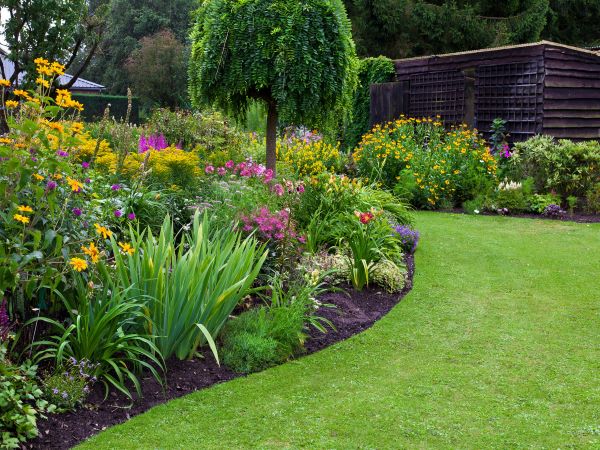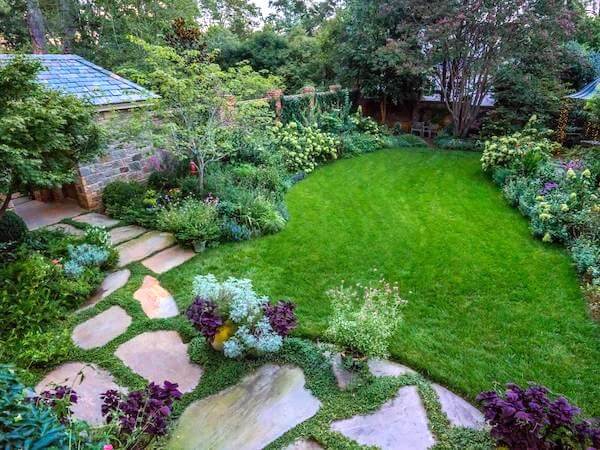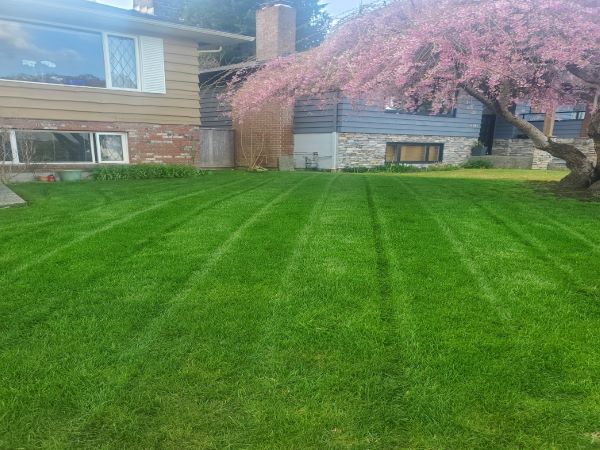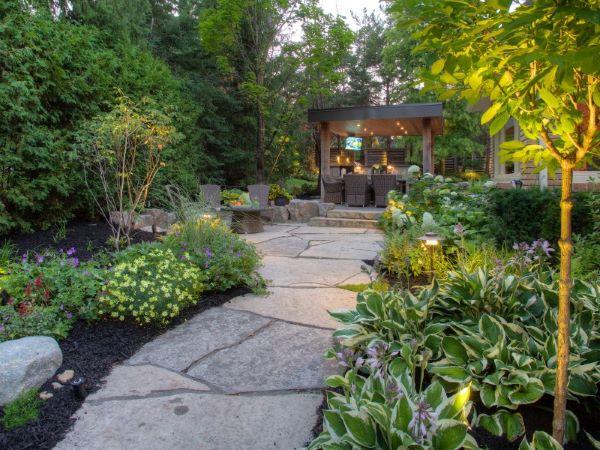Designing a garden that stands out and enhances the beauty of your home is a rewarding endeavor. Garden design is a pillar of softscaping. Whether you’re starting from scratch or revamping an existing garden, understanding practical design principles is key to creating a cohesive and visually appealing space. This guide will walk you through essential garden design principles, tailored specifically for Vancouver’s unique climate and landscape.
Understanding Your Space
Before diving into the design process, take some time to understand your garden space. Consider the size, shape, and natural features of your area. Take note of sunny and shady spots, soil type, and existing plants or structures. This information will guide your plant choices and layout.
Practical Design Principles for a Standout Garden
1. Plant in Odd Numbers
Planting in odd numbers, such as groups of three or five, tends to create a more natural and visually pleasing look compared to even-numbered groupings. This principle helps avoid symmetry and creates a more dynamic appearance.
- Groupings of Three or Five: For example, plant three lavender bushes together rather than two or four. This creates a fuller, more natural look.
2. Use the Rule of Thirds
The rule of thirds is a design principle used in visual arts that can also be applied to garden design. Divide your garden into a grid of nine equal parts and position key elements along these lines or at their intersections.
- Focal Points: Place focal points, such as a striking tree or sculpture, at one of the grid intersections to create balance and interest.
3. Layering and Height Variation
Create depth and interest by layering plants of different heights. Start with taller plants at the back and gradually move to shorter plants at the front.
- Tall to Short: For instance, place tall ornamental grasses or shrubs at the back, medium-sized perennials in the middle, and low-growing ground covers at the front.
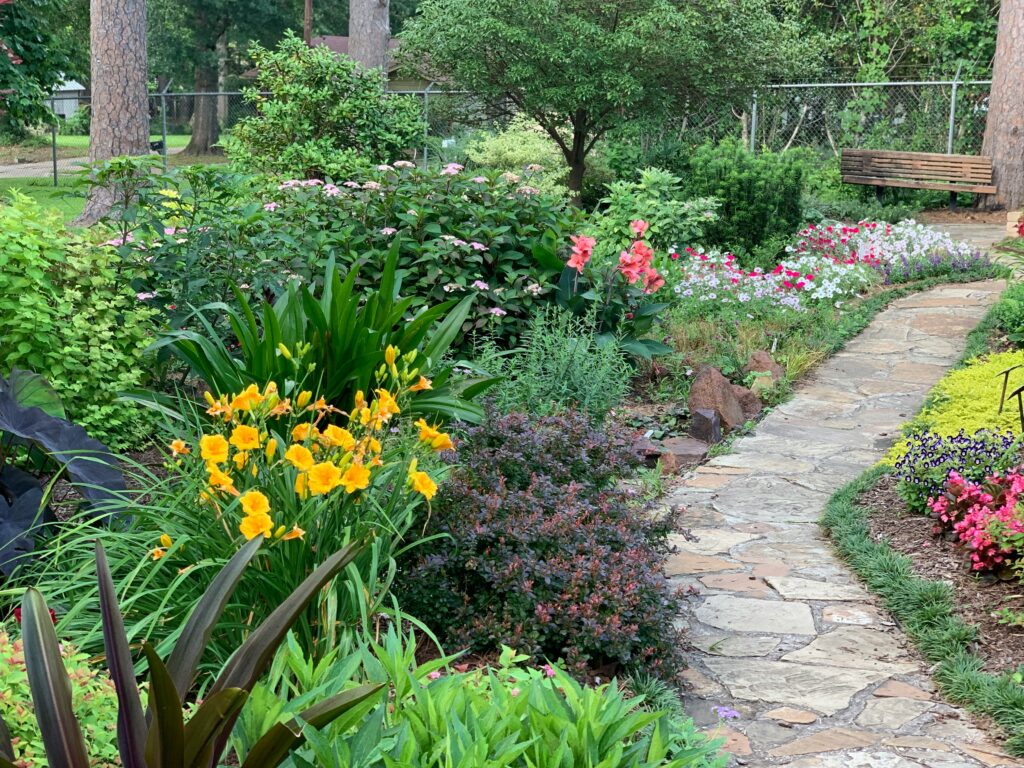
4. Color Blocking
Using blocks of color can create a bold and striking garden design. Group plants with similar colors together rather than mixing colors randomly.
- Color Groups: Plant a bed of red tulips together or a section of blue hydrangeas to create strong visual impact.
5. Repetition for Unity
Repetition of certain plants or materials helps to create a sense of unity and cohesiveness in your garden.
- Repeat Elements: Use the same type of stone for pathways and borders, or repeat a particular plant species in various parts of the garden.
6. Seasonal Interest
Ensure your garden looks attractive year-round by incorporating plants that bloom in different seasons.
- Year-Round Blooms: Include spring bulbs like daffodils, summer perennials like echinacea, autumn grasses, and winter-interest plants like hellebores.
7. Texture and Form
Mix different textures and forms to add depth and interest. Combine plants with varying leaf textures and shapes.
- Contrasting Textures: Pair smooth-leaved hostas with spiky grasses, or rounded boxwoods with feathery ferns.
8. Pathways and Movement
Create inviting pathways that guide visitors through your garden. Curved pathways are often more interesting than straight ones and create a sense of discovery.
- Curved Paths: Use materials like gravel, stone, or brick to create winding pathways that lead to different garden areas.
Adapting to Vancouver’s Climate
Designing a garden in Vancouver requires consideration of the local climate. Vancouver has a mild, wet climate, ideal for a wide variety of plants but also requiring good drainage and careful plant selection.
- Native Plants: Incorporate native plants that are well-adapted to the local climate and require less maintenance. Examples include Pacific dogwood, salal, and Oregon grape.
- Drainage Solutions: Ensure your garden has proper drainage to handle Vancouver’s rainfall. Raised beds and permeable pathways can help manage excess water.
Practical Tips for Garden Maintenance
Once your garden is designed and planted, ongoing maintenance is essential to keep it looking its best.
- Watering: Develop a watering schedule that suits your plants and climate. Drip irrigation systems can be efficient and effective.
- Pruning and Weeding: Regularly prune and weed to keep plants healthy and your garden tidy.
- Soil Care: Amend soil with compost and mulch to maintain fertility and moisture levels.
Conclusion
Designing a garden that stands out in Vancouver involves understanding key design principles and adapting them to your unique space and local climate. By focusing on practical tips like planting in odd numbers, using the rule of thirds, layering plants, color blocking, repetition, ensuring seasonal interest, and creating inviting pathways, you can create a beautiful and functional garden that enhances your home. Whether you’re incorporating native plants or ensuring proper drainage, thoughtful design and care will make your garden a standout feature of your property.
Latest
Making the Most of Winter 2025: Guide to Snow Removal and Cold-Weather Projects in Vancouver

The Definitive 2024 Vancouver Landscaping Tree Guide for Your Yard: A Guide to Selection, Care, and Pricing
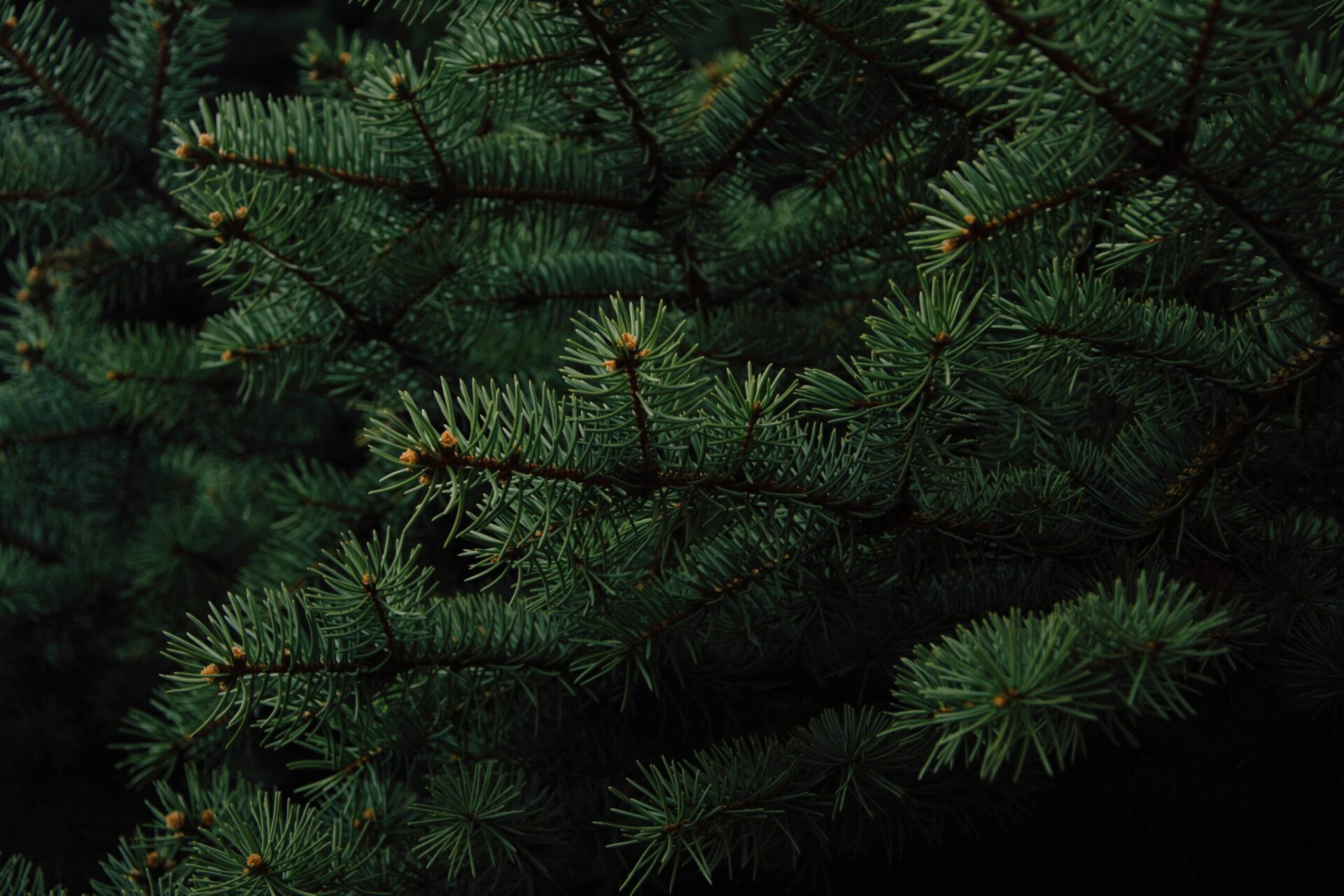
Fall Landscaping Guide for Vancouver in 2024: Maintenance, Hardscape and Softscape Transformations, and Winter Preparation
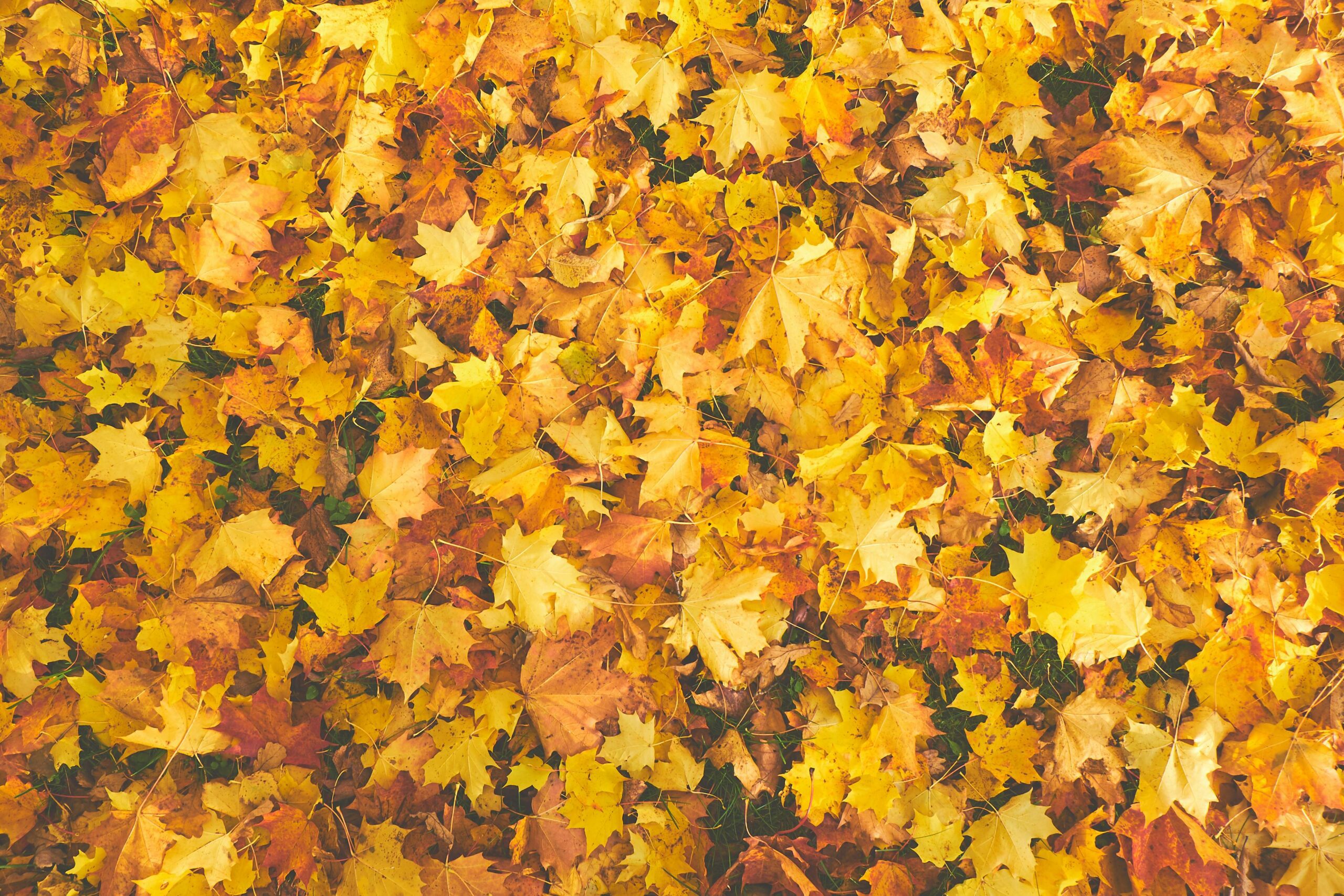
Thinking About Installing a Sport Court in Vancouver, BC? Here’s What You Need to Know
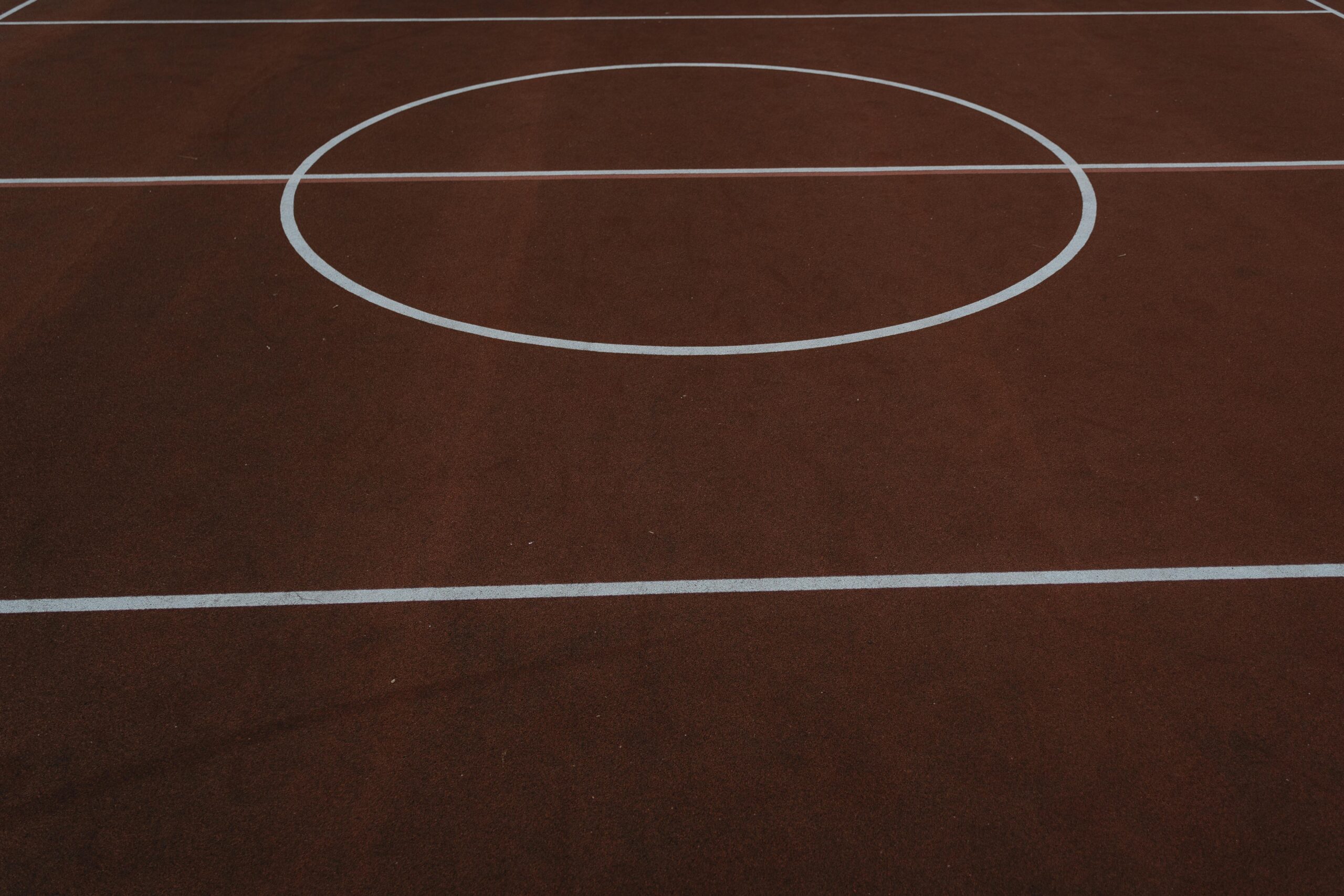
Vancouver Irrigation: The 6 Best Types for Your Garden

Looking to upgrade your outdoor space? Seymour Lawn and Garden is here to help. Our team of gardening experts specializes in crafting beautiful, sustainable landscapes that meet your specific needs. Contact us today, and let us transform your garden into a space you'll love all year round!
